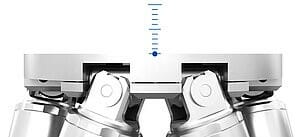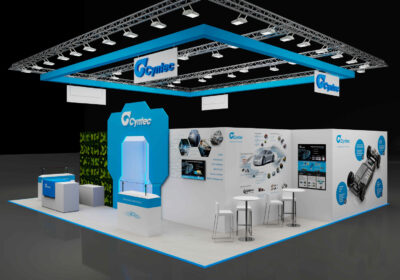Many people are still sceptical when it comes to the feasibility and practicality of quantum computing but, nevertheless, this field has received a tremendous amount of attention and funding in the past decade. The fear of missing out on the promise of quick solutions to the most complex computational problems has led to many companies turning their gaze to this intriguing technology and, subsequently, to the creation of many different types of quantum computers.

The rise of quantum
Quantum mechanics has gone from a questionable theory that few could understand to a fundamental part of modern physics. It is now used in a wide range of applications, including electron microscopy and material science, so it should not be surprising that the quantum wave has reached the realm of computing. Even though quantum computers are far from commercialisation, there are already prototypes that only take seconds to solve problems that classic computers would need thousands of years to complete.
Bits and qubits
There are some similarities between quantum and classical computers, as both need means to store and process data, but there are also fundamental differences. Classic computers use bits, performing computations in a binary language of 1s and 0s, represented by the presence or absence of current through a transistor. Quantum computers, on the other hand, follow different rules, as they are based on the interactions of tiny particles such as atoms, electrons and photons. As the scale decreases, classical physics breaks down, and binary states can no longer be applied; the quantum bit – called a qubit – can be either 0, 1 or a superposition of the two states. In other words, a qubit can be in an infinite number of states until it is measured, and this property makes it possible for quantum computers to perform certain tasks – such as encryption, optimization and data analysis – a lot faster. At the same time, it is important to be aware that quantum computers will never be able to solve some problems that classical computers manage easily, and some experts therefore believe that the computers of the future will be hybrids, taking the best from both worlds.
Many candidates
The physical implementation of a qubit can be based on any particle that is small enough to exhibit quantum properties and has two distinct states that are possible to measure. One example is a supercooled trapped ion, which can be in two energy levels and is held fixed by an electromagnetic field supplied by two laser beams. Other possibilities are cavity quantum electrodynamics (QED), photonic circuits, silicon quantum dots and superconducting circuits. The latter is one of the most promising approaches, as it made it possible to create devices with up to 72 qubits.
Perfect alignment
Working with the small features necessary for quantum computing requires extreme control of the positioning; the optical fibres used to transfer signals to and from qubits must be perfectly aligned, which becomes especially complex when there are several channels. Physik Instrumente (PI) is a leader in high quality positioning solutions – such as ultra-precise piezo nanopositioners, motorized stages and hexapod microrobots – which can be used for simultaneous alignment of inputs and outputs across several channels and over multiple degrees of freedom. PI offers unparalleled accuracy and precision, supporting its clients in their exciting journey in the world of quantum computing. To learn more, click here








